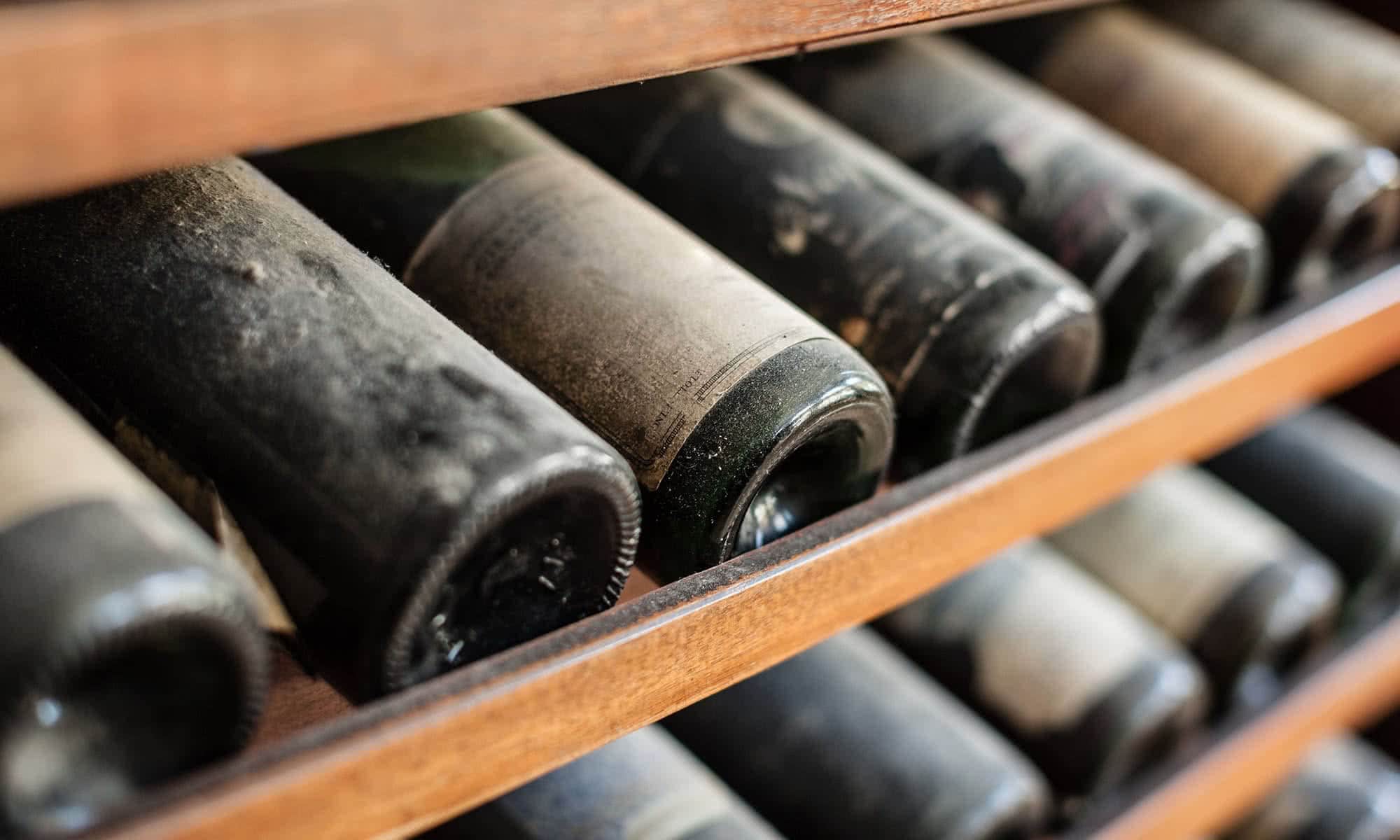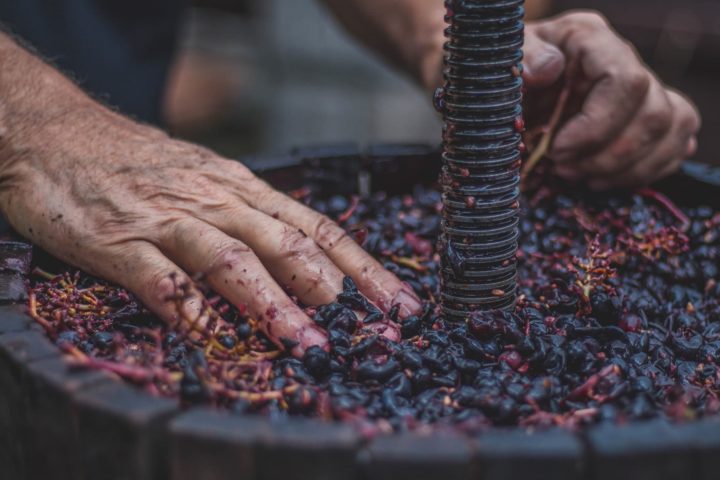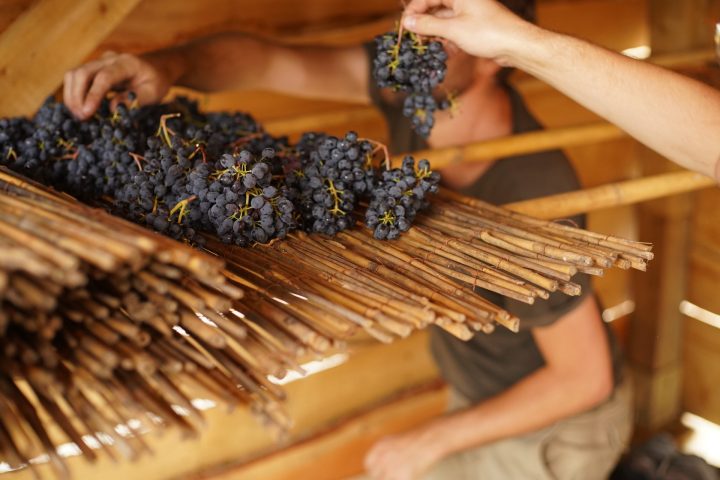Standing or lying? A real dispute has recently broken out about the correct storage position for wines. While the wine world has divided into two camps, we watch it all and prefer to uncork a bottle. But where does the problem actually lie? We took a closer look.
Why store wine horizontally?
Wine has always been stored horizontally. Yes, it is almost considered a ritual to gently place a bottle of wine horizontally. Why, by the way, wine bottles have always been stored apparently lying down has not been handed down (to our knowledge), however.
But if you strain the gray matter between your ears a bit, you come up with a pretty plausible idea! Lying wine can be stacked almost any height. In no time at all, 100 bottles are stacked on top of each other. No extra shelves are needed and the space between the bottles is optimally utilized. If you feel like it now, you are welcome to try it with standing bottles. However, we are not liable for the damage incurred.
The answer to the question: Because clever winemakers realized at some point that they can fit more wine into less space if the wine is stored horizontally. Efficient thinking that many an employer today can only dream of.
The fairy tale of the cork drying out (from the inside)
The main argument of the recumbents is that the cork is moistened by contact with the wine. If the wine is stored upright, it would dry out, no longer seal properly and the wine would come into contact with oxygen.
However, there is a catch. The small empty space in the wine bottle always has a humidity of almost 100 percent. Thus, in the bottle, the air is completely saturated with moisture. For a cork to dry out, it must release moisture. However, since the air in the bottle cannot be 101 percent humid, this does not work well. So to think that the cork dries out from the inside is complete nonsense.
Nevertheless, corks can dry out and spoil the wine. However, the problem is not inside, but outside the bottle.
Humidity of the storage environment is a decisive factor!
While we find a humidity of 100 percent in the bottle, the optimal humidity in living rooms is 40 to 60 percent. And this is precisely the core problem. If wine were stored at 100 percent humidity, it would be physically impossible for the cork to dry out, since moisture could not be released either to the outside or inside the bottle. However, mold would feel right at home. Storage in a Turkish steam bath is therefore out of the question.
It is important to understand that the lower the relative humidity of the deposit, the more water evaporates in a shorter time. Evaporation on the outside of the cork creates a suction. This suction constantly carries liquid to the outside, where it subsequently evaporates.
However, we are talking here about microscopic amounts of liquid that we do not really perceive. We also sweat all day, yet our skin is dry most of the time – at least it feels that way.
However, if the liquid at the outer end evaporates faster than it is absorbed by the cork and transported to the outside, the cork dries out. This process also does not happen overnight, but takes years.
Lying or standing: With the right humidity, it doesn’t matter
Therefore, putting the bottle down is recommended as a countermeasure. This provides the cork with the maximum moisture and hopefully can transport more moisture to the outside than just a high humidity.
However, this measure can at best be described as dying in installments. Possibly the cork does not dry out, but the wine evaporates from the bottle. The fill level drops and the resulting vacuum draws air into the bottle. The ratio of wine to oxygen increases, the wine oxidizes – and that’s it.
The ideal humidity for wine storage is considered to be between 75 and 80 percent at 12 to 14 degrees Celsius. This process also takes place here, but at an extremely slow rate. Even after decades of storage, the level of the wine here remains almost unchanged.
If your wine storage facility has perfect storage conditions, you can put your wines down or lay them down, it makes no difference.
If you cannot ensure perfect storage conditions, it is advisable to seal the capsule airtight with sealing wax, whether you store your wine upright or lying down. By this measure you prevent the effect described above. The cork has no possibility to release its moisture to the environment.
If a wine has an artificial cork, crown cork, glass stopper or screw cap, the effect described here is also irrelevant.
Attention: In the case of artificial corks, you should even refrain from storing them horizontally. Due to the permanent contact of the wine with the plastic, plasticizers can dissolve from the artificial cork and pass into the wine.
Image Source Cover ©porpeller – iStock.com









